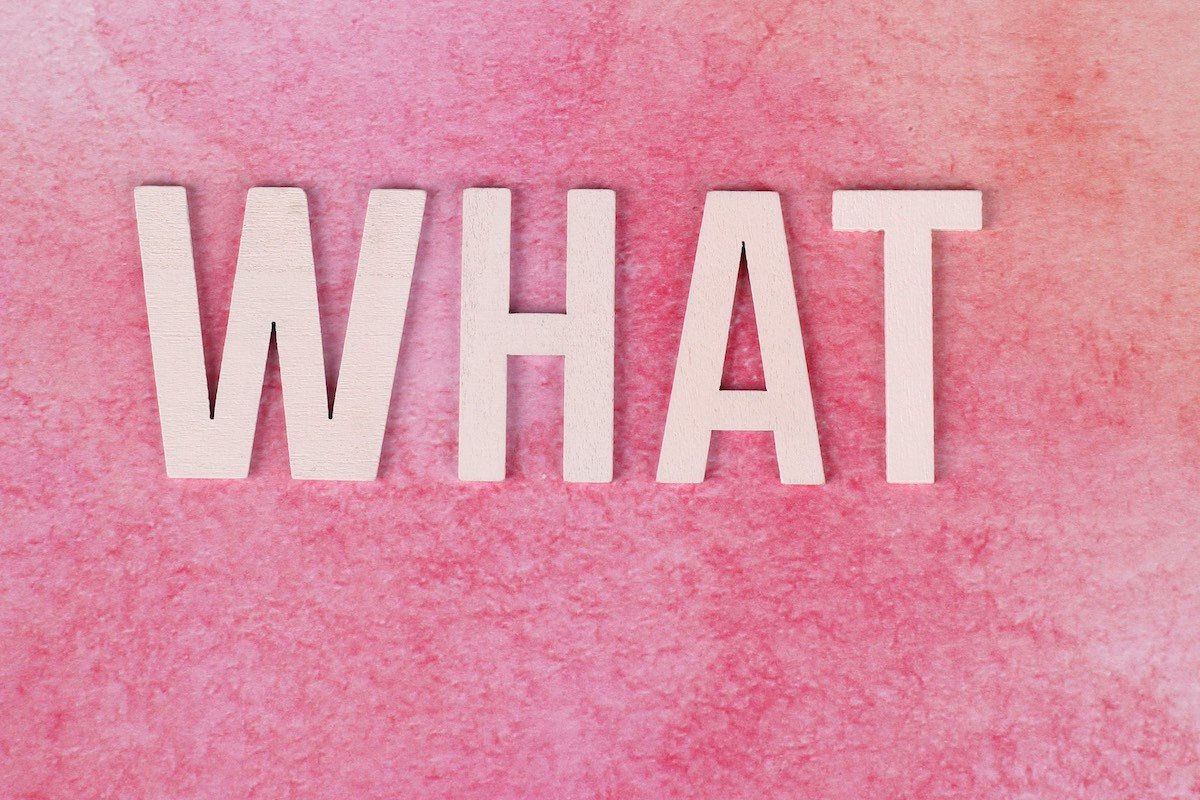
All the writing you need to do in order to get hired can feel daunting if you're not a seasoned writer. Here is how to write a compelling writing sample.

You've perfected your resume, and you've customized your cover letter. You're ready to hit apply, but then you realize you've forgotten a component they've requested—a writing sample.
If you're looking for a writing job or a publishing position, this request doesn't come as a surprise. However, if you're applying for an entry-level job, you might panic.
Here's the thing: all types of positions require some written communication and it's important to show that you can communicate effectively, creatively, and clearly.
Ideally, you'd already have an applicable writing sample you could use, like a recently published article, but that's often not the case. Sometimes you need to start from scratch. Cue the anxiety.
But there is no need to fret. In fact, sometimes an employer's goal in asking for a writing sample is to learn what your voice sounds like or how creative you can be.
A writing sample is a supplemental job application document demonstrating your competence. From articles to emails to social campaigns, writing samples are actual examples of your work or emulations of the work you would do if hired. Similar to your resume and cover letter, it helps a company identify qualified candidates.
Writing samples are often requested when applying for writing-intensive jobs or jobs where writing is a critical component of your responsibilities, like communications, marketing, public relations, journalism, or research.
The bottom line is that an employer requests a writing sample to see if you can do the job. It weeds out unqualified candidates and can shine a spotlight on top performers.
In addition to identifying great writers with attention to detail, writing samples show which candidates can match the company's brand voice, who have an understanding of their product and industry, and who can follow directions.
When a potential employer requests a writing sample as a part of the job application, use it to show them what you can do. It's an opportunity to showcase the skills and abilities you outlined in your cover letter and resume. Use it as a chance to demonstrate you can walk the walk and not just talk the talk.
Don't let a request for a writing sample deter you from applying for a position. Yes, it's more work. Yes, it can seem daunting. But if you want to show a potential employer you're serious, you need to do it.
Whether the job posting requests a specific type of writing sample or the world is your oyster, here are step-by-step instructions for writing the perfect writing sample, including writing prompts to get the creativity flowing.
This step may seem obvious since you have already read the job posting to determine that you need a writing sample. But did you really read it?
Is the company looking for a specific type of writing sample? Do they want more than one? What skills do they want this person to demonstrate in the position? Take the time to study the job posting and get a sense of what type of work would catch their attention.

You may already have a good sense of the company you're applying for based on their online presence and use of their products or services. Whether you've known about a company for years or the first time you heard about them was when you laid eyes on the job posting, you need to do your research.
Visit their website and social media pages. Take note of the following items which will be key to your writing sample.
Perform enough research on the company until you feel you have a good understanding of them. Then, write your sample as if you're an employee at the company.
Once you have an understanding of the company, now it's time to get creative to create the best writing sample ever written. No pressure!
Brainstorm ideas and write them all down. Try not to pare down your thoughts just yet. There are no wrong answers or bad ideas in a brainstorming session.
Think about where the company can improve and where you can add value with your expertise. What content do you believe would benefit the company? Come up with as many ideas as you can.
After reading their website and scrolling through their social media channels, you'll have a grasp of their brand and voice, so align your ideas with their style and tone. If you're struggling with ideas, check out the list of writing prompts below to get you started.
Of course, if there are directions for a writing sample in the job posting, be sure to follow them. If they're taking the time to outline what they want you to submit, the hiring manager wants to see if you can follow directions. In this case, you'll need to bring your creativity to the writing sample through your words instead of the style of the piece.
You have a list of writing sample examples; now it's time to choose one (or two or three if the application calls for it). From your list of ideas, ask yourself a few questions when making your decision.
Remember, there are no wrong answers. A writing sample's goal is to showcase your abilities, and you can do that in whatever piece you select. So don't stress about it too much. Go with your gut.
It's time to put pen to paper. To get the ball rolling, start with an outline. An outline will ensure you hit on all the job posting requirements and help you move your writing forward if you get stuck. Once your writing sample is outlined, begin writing.
Start with a rough draft (and it can be a very rough draft). Similar to brainstorming, you want to get all your thoughts down because you'll edit them later. It's okay if your first draft is messy. Use it as a jumping-off point.
Crafting a writing sample with an excellent idea that's submitted with grammatical errors or doesn't meet the employer's requirements is a waste of your time and the reader's.
The details are what will get you the job. Your potential employer wants to see your writing skills and expertise, and if that includes mistakes, you'll make a bad first impression and likely won't get a chance to make a second.
Your writing sample will have multiple iterations. Edit your piece for content, then put it down for a few hours or a day and come back to it. Then edit it again to polish the piece. Focus on checking your spelling and ensuring correct grammar, punctuation, and syntax.
Put it down again and then come back to it to make sure it meets the requirements outlined by the company and it aligns with their brand and voice. Remember that longer doesn't always equate to better.
At a minimum, you should edit your piece and come back to it at least three times. It may sound time-consuming, but it ensures fresh eyes, which will help you do your best work.
You want to get your writing sample just right because if it came down to selecting you and another candidate with similar qualifications for an interview, your writing sample is what will set you apart. Continue your editing process as long as you need to until you have a final product you’re proud of and you’re confident in submitting.
Using a writing prompt to get you started can help get the ball rolling and focus your writing. The writing prompt you choose will depend on the job application requirements and the role's responsibilities. Use your best judgment when selecting a prompt.
Here are 28 writing prompts for various types of communications for when your writer's block is getting the best of you.


-->
Danielle DoolenDanielle Doolen is a communications professional and writer passionate about work, women, and well-being. Her writing and expertise have appeared in Career Contessa, Insider, Motherly, PopSugar, PRSA Strategies & Tactics, Thrive Global, and more. She holds a master’s degree in professional accountancy from the University at Albany. By day, she works in corporate communications at a Fortune 500 automotive retailer, but her favorite role to date is being a mom. To learn more, visit www.danielledoolen.com.

At any business interview, someday you will hear the interviewer ask, "Why should we hire you?" Answer this difficult interview question with ease and confidence.

Phone interviews are the first step to getting that job. Learn the best tricks to ace your phone interview, including common phone interview questions.

Advice on how to answer the common interview question around changing careers, example answers, and how to impress the hiring manager.

Adjectives, nouns, and action verbs, oh my! Next time you're zhuzhing up your resume, here's a great list of resume words to color your resume—and some to avoid.

What are the most important skills to put on your resume? Whether you want to show off your hard skills or soft skills, here's how to effectively do so in your resume.

If you audibly groan every time you see the words "cover letter required," you might consider writing a short, impressive cover letter that gets the point across. We created short cover letter samples and a template to help you write a short but sweet cover letter.

What am I doing with my life? While you might not encounter this exact question in an interview setting, here's how to figure out the answer to this question.

What makes you unique? If you can't call your mom or your grandma to answer this interview question, we have you covered. Here's how to talk about your special qualities in an interview.

After the interview, it's time to write a follow-up. Here's how to impress your hiring manager or interviewer with the perfect follow-up message—and yes, we made templates.